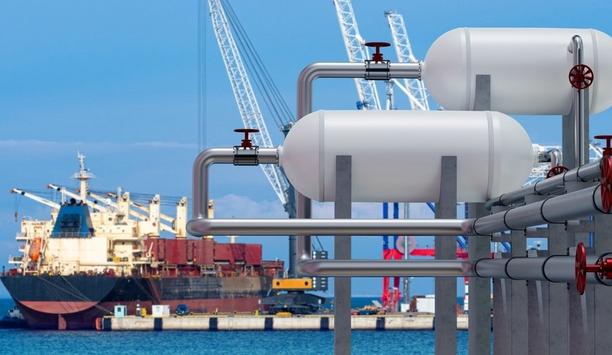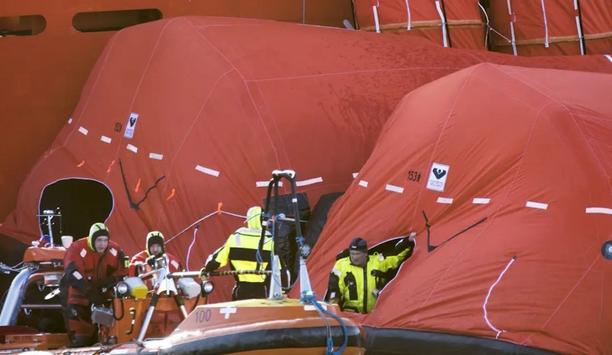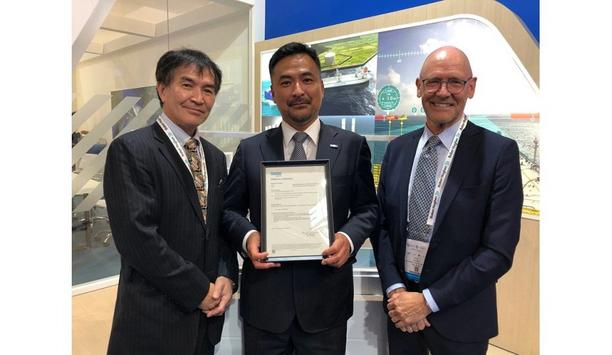Babcock’s LGE business, the pioneer in liquefied gas solutions, partners with Hyundai Heavy Industries (HHI) and Hyundai Mipo Dockyard (HMD) to develop liquefied CO2 carrier designs to service the growing demand for this kind of vessel.
Babcock will design the cargo handling system for a range of ship sizes, specifications, cargo purities, and voyage profiles to produce a highly efficient system, which has been optimised to minimise emissions and cargo loss – thereby reducing environmental impact.
Cargo handling system
To support the global adoption of Carbon Capture and Storage (CCS) – widely acknowledged as a crucial step towards decarbonisation – the transportation of large quantities of liquefied CO2 (LCO2) by ship is set to grow significantly and, as a result, key marine stakeholders have been working to develop ship designs.
The transportation of large quantities of liquefied CO2 (LCO2) by ship is set to grow significantly
Michael Scott, Programme Manager of Sales and New Product Development for Babcock’s LGE business said: “We know that to build the most effective liquefied CO2 cargo handling system, we need to consider the full CO2 value chain. By working with HHI and HMD – among the world’s largest shipyards – and other industry partners, we can design a cargo handling system that is safe, reliable, and efficient. We are well on the way to achieving this and expect the commercialisation of our solution in the coming months.”
Carbon reduction systems
He added: “As LCO2 carriers share several common design features with LPG carriers, Babcock has extensive experience in LPG – with more than 300 ships in service – makes us the ideal partner for development.”
Babcock is currently developing a suite of solutions to assist shipowners in their journey towards decarbonisation. This includes fuel gas supply systems for alternative fuels, carbon capture technologies, and a range of retrofittable carbon reduction systems.











